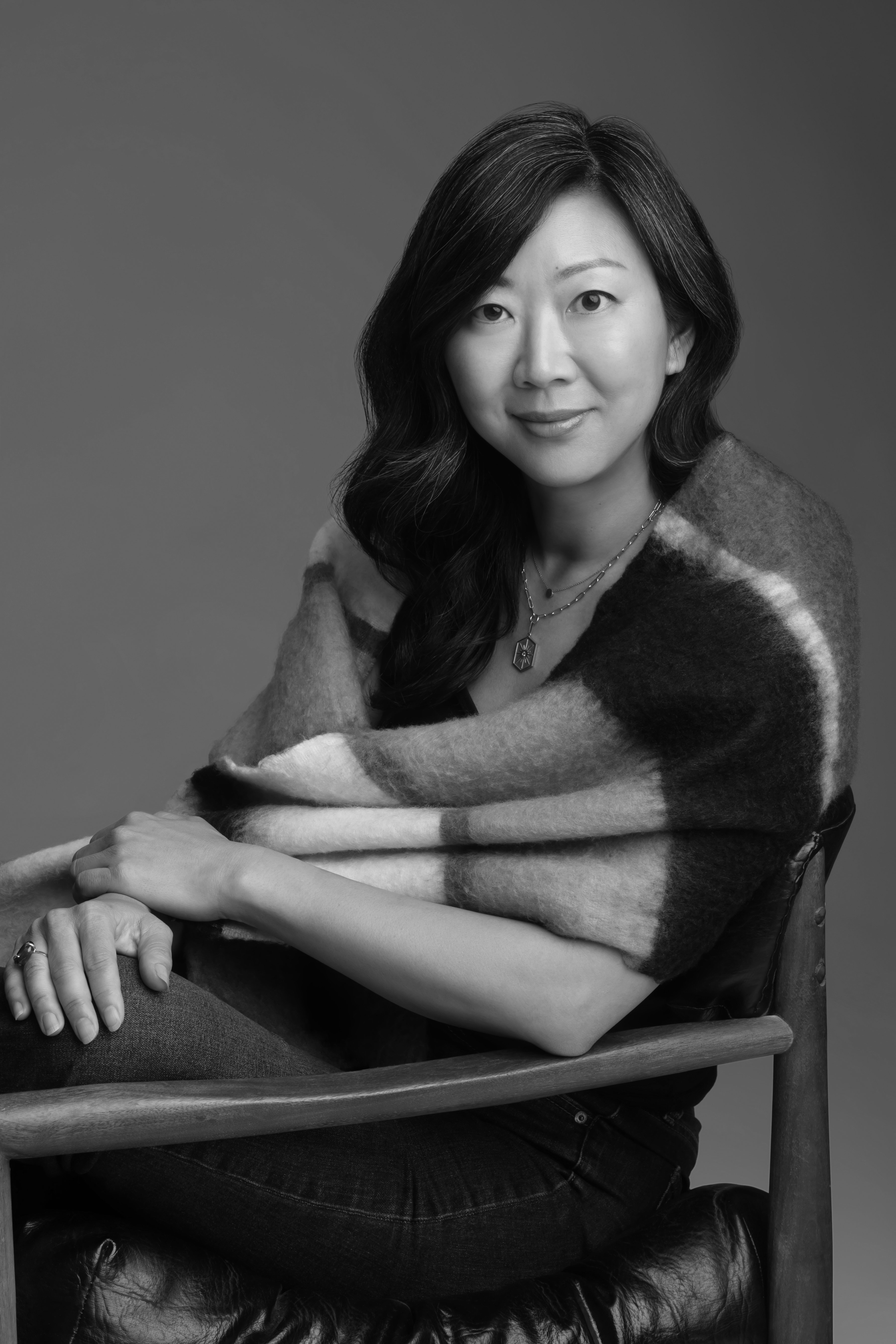You have written truth, you friends of the “shadows,” yet be not harsh with “Krazy.”
He is but a shadow himself, caught in the web of this mortal skein.
We call him “Cat,”
We call him “Crazy”
Yet is he neither.
At some time will he ride away to you, people of the twilight, his password will be
the echoes of a vesper bell, his coach, a zephyr from the West.
Forgive him, for you will understand him no better than we who linger on this side
of the pale
—George Herriman, Krazy Kat, June 17, 1917
1.
The smaller figure is rendered as a grouping of ovals: head, torso, ears.
The roundness of the ovals suggests a kind of plenty—a trove that the line wraps around protectively like a mother’s arm or like an electrified fence.
A circle is similarly bounded, but the radial symmetry of the circle suggests safety, stasis.
The oval, instead, is restless, pushing against its boundaries, seeking escape or release.
The line is necessary to contain the oval or to defend it.
The ovals of the figure evoke the pads of a prickly pear, tapering where they join together.
The prickly pear defends its precious hoard of water with its long straight spines.
The figure has no spines.
Instead of spines, the figure has sharp straight lines that make up its arms, legs, eyebrows.
The figure uses these lines to convey hostility—kicking, throwing things, expressing scorn or rage.
We understand these violent actions to be defensive, motivated by fear—a belief that the cherished contents of the ovals are somehow under threat.
But the ovals of the figure contain nothing.
Nothing, that is, except the underlying blankness of the page.
The lines of the figure separate the blankness inside the ovals from the blankness outside the ovals.
We are told to read the figure as white.
In order to read the figure as white we must read the blank background as white.
We have often been told that blankness means whiteness.
But this does not help us understand what it is that the figure fears.
2.
The larger figure is rendered as a continuous solid.
Most of the solid is filled in with closely spaced lines.
These lines are known as “hatching” or “hatchmarks.”
We are told to read these hatching lines as blackness.
We are told to read the figure as black.
The figure has a white face.
I say “white face” although the face is blank because we are told to read these blank spaces as white.
The mouth and eyes are rendered as lines.
Were the hatching lines to cover the face, the expression of the eyes and mouth would no longer be legible.
In order for the expression to be legible, the face must remain white.
The hatching lines are pulled tightly back from the forehead like the wig of a founding father.
The exposed forehead, arching over each wide eye, suggests the possibility of enlightenment.
Enlightenment is rendered as a form of blankness, the unhatched space.
In order to achieve enlightenment, the hatching lines must be kept at bay like saplings rooted out to clear a field.
The hatching lines are “beyond the pale.”
That is, the hatching lines are beyond the boundary line that separates what is clear from what is not clear.
We are told that the larger figure is also “beyond the pale.”
We are told that the larger figure is drawn to the smaller figure.
We are told that the smaller figure is not drawn to the larger figure.
The smaller figure keeps the larger figure at bay.
If the figures were to encroach upon each other, the blank spaces would fill in with hatching lines.
These spaces would read as black spaces
You would not be able to read the lines of arms or legs or features against this black background.
That is why they never touch each other because you wouldn’t be able to read it.
Copyright © 2019 by Monica Youn. Originally published in Poem-a-Day on April 18, 2019, by the Academy of American Poets.
“Almost 10 years ago, I published a book of poems called IGNATZ, based on George Herriman's Krazy Kat comic strip, which was published from 1914-1944 and features a blithe black cat named Krazy in love with a mean-spirited white mouse named Ignatz. At the time I wrote the book, I was aware that George Herriman had been passing for white for most of his professional life—a fact that only became publicly known decades after his death—but my book only referred to that fact obliquely. It was only after reading Michael Tisserand's excellent biography of Herriman KRAZY that I fully realized the massive consequences of Herriman's passing and the centrality of race to Krazy Kat. This new poem revisits that territory and tries to make explicit the too-often-unquestioned habits of representation involved in treating whiteness as the default norm.”
—Monica Youn

